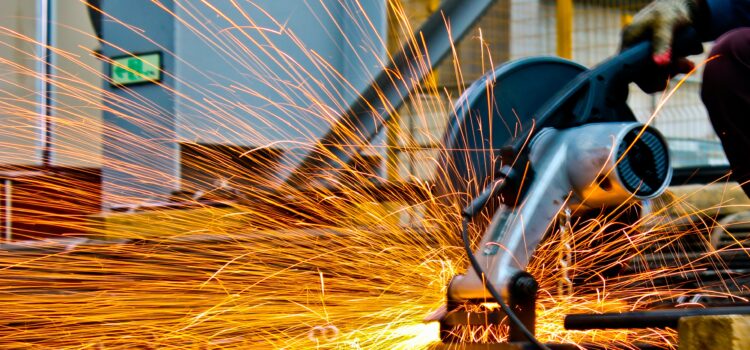

This article is an excerpt from the Shortform book guide to "Elon Musk" by Ashlee Vance. Shortform has the world's best summaries and analyses of books you should be reading.
Like this article? Sign up for a free trial here .
What are the benefits of vertical integration? How does Elon Musk use vertical integration to run his businesses?
The benefits of vertical integration involve improving costs, existing technologies, and efficiency. Elon Musk always uses vertical integration to effectively run his businesses, but there are cons to vertical integration as well.
Keep reading to understand the benefits of vertical integration, according to Elon Musk.
How Elon Musk Uses Vertical Integration
Vance explains how Musk used vertical integration for his businesses. This is when a company controls as much of its production and supply chain as possible, rather than outsourcing labor from a different country or buying parts from another company. If a part was too expensive, Musk wanted employees to create a newer, better part that cost less to make. As a result, SpaceX produces almost 90% of its parts and electronics for its rockets.
The benefits of vertical integration impacted Musk’s companies in several ways:
1) It kept costs down. Musk cut down the costs of his companies by finding ways to produce parts for cheaper than the average market price. For example, Tesla needed to test how its cars would respond to cold temperatures. Most car companies would pay for a special cooling chamber for testing. Instead of paying the high cost for one of these chambers, Tesla developed its own chamber, using an ice cream truck and a large cooled trailer. This was a cheaper method than buying one of the special cooling chambers.
2) It improved existing technologies. Both Tesla and SpaceX succeeded by creating new technologies to solve problems that arose while creating the rocket and electric car. Since they were figuring out how to make new parts and technologies anyway, Musk’s teams took the opportunity to improve the parts. They found that different metals or changing the software could improve the performance of the part and, by extension, the product as a whole.
3) It increased efficiency. By making everything in-house, Musk’s companies could speed up their manufacturing process. If anything went wrong, they could replace or fix a part much quicker than waiting for a new one to be shipped in.
| Pros and Cons of Vertical Integration Vance notes that Musk’s companies benefited from vertical integration by keeping costs down, improving technologies, and increasing efficiency, but experts note a few other advantages of this kind of production process. Vertical integration also allows companies to avoid quality issues, since they can address problems directly, rather than working with another company to fix the issue and send them a new part. Additionally, businesses who control more of their production process are often more profitable. However, vertical integration has disadvantages. The initial cost and effort of setting up your own supply chain are significant, which may result in acquiring more debt. And sometimes, it’s a good idea to outsource to a reputable company with a good product or service. While there isn’t a right or wrong answer as to whether vertical integration is right for your business, you should weigh the pros and cons and determine what’s best for your company and your goals. For Musk’s goal of building a cheaper rocket with SpaceX, he saw the benefits of vertical integration as necessary for reducing the overall cost of a rocket. |

———End of Preview———
Like what you just read? Read the rest of the world's best book summary and analysis of Ashlee Vance's "Elon Musk" at Shortform .
Here's what you'll find in our full Elon Musk summary :
- A look into Elon Musk’s childhood and early companies
- Musk's roles in SpaceX and Tesla, and later, in SolarCity
- The traits and management methods that helped Musk succeed






